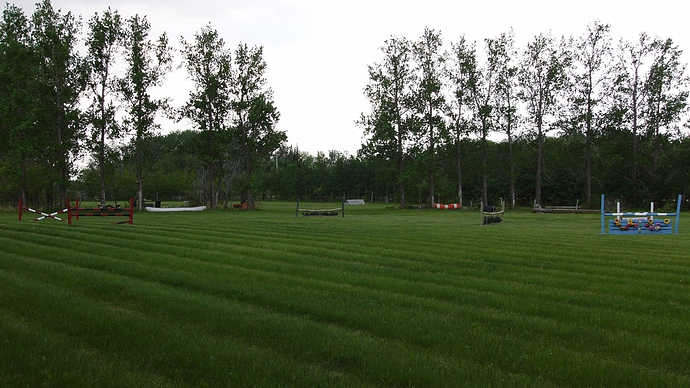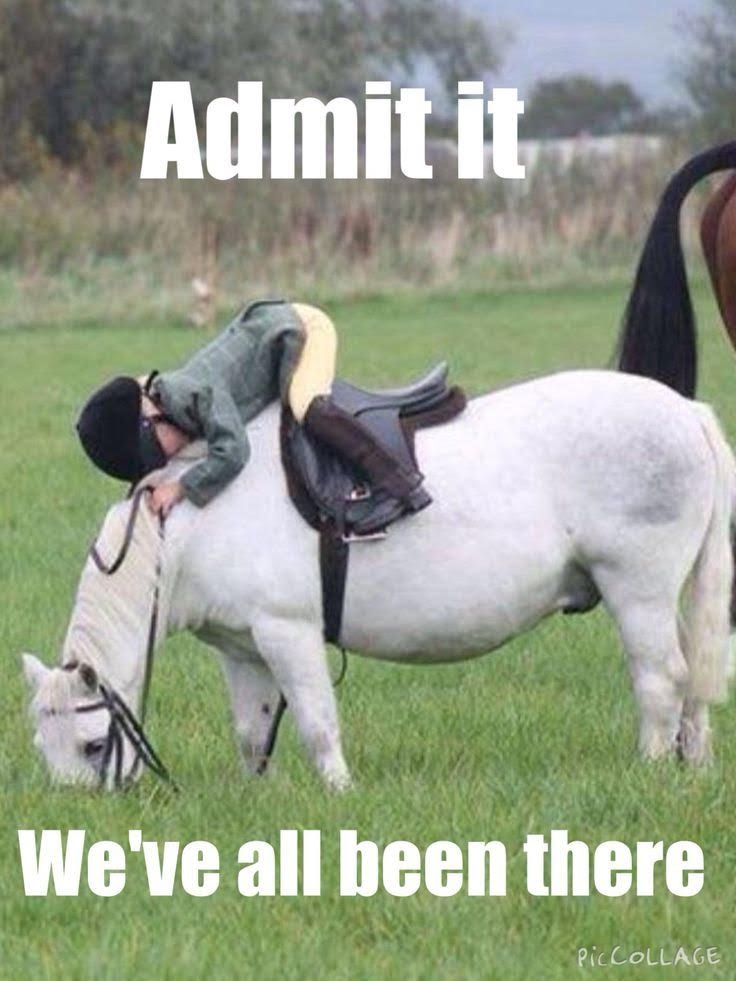Barefoot is probably better, it will have more friction against the grass than steel. Barefoot will also tear up the grass less.
Like others, I find that the issue is more that it tears up the grass than it harms the horse, and that’s where the conditions of the soil matter - if the ground is very soft, I’d stay out of it to avoid making holes and divots. The problem with grass is that you can’t drag it back smooth.
When I’m riding on grass I’m paying attention to how much damage I’m doing and if the feet are sinking in, I ride somewhere else, just so I won’t wreck the grass. Under good conditions consider if you want or don’t want to wear a track in, and choose your direction accordingly.
Riding on grass is really fun and oddly delightful.


